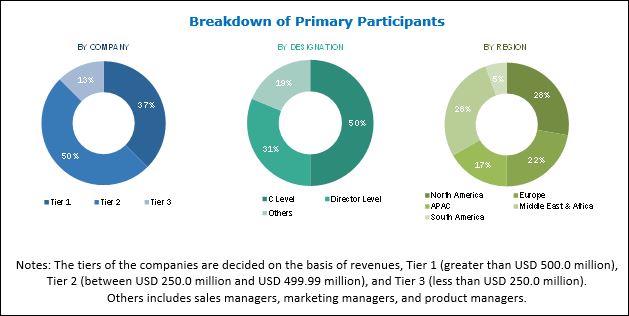The anionic surfactants market was estimated at USD 16.36 billion and is projected to reach USD 20.10 billion by 2022, at a CAGR of 4.2%. The market is expected to witness high growth in several growing economies of Asia Pacific and the Middle East & Africa owing to the increasing spending power, growth in the infrastructure industry, and growth in the manufacture of detergents and cosmetics. Increasing population and rising consumption of personal care products are also contributing significantly to the growth of the anionic surfactants market in Asia Pacific.
Download PDF Brochure to know more @ https://www.marketsandmarkets.com/pdfdownloadNew.asp?id=239519688
Home care
Anionic surfactants are used in home care applications such as laundry detergents, dishwasher detergents, carpet cleaners, floor cleaners, and various types of fabric softeners. Anionic surfactants in detergents help remove oil, dirt, and unwanted particles from fabrics, dishes, and other surfaces. They not only remove the dirt and unwanted particles but also keep them suspended during washing, resulting in a cleaner surface. Anionic surfactants are mainly used in the soap & detergents industry due to their surface tension reduction and wettability properties.
Personal care
Anionic surfactants, when added to a liquid, reduces the surface tension. The reduction in surface tension enhances the spreading and wetting properties. Anionic surfactants are responsible for antimicrobial properties, foaming and conditioning properties (in the case of shampoos, face washes, and skin care creams), mild detergency actions, and preservative properties that are essential in the personal care industry. They also act as cleansing agents, emulsifiers, foaming agents, solubilizers, and wetting agents and hence are mainly used in make-up, skin care, hair care, oral care, and other personal care products.
Oil & Gas
The global oil & gas industry uses different specialty chemicals, including anionic surfactants, to produce oil, natural gas, and coal bed methane. The EOR technique extensively uses anionic surfactants that lead to additional oil recovery. The other applications of anionic surfactants in the oil & gas industry are well stimulation, drilling/completion, production/refining, and pipeline transport. In the oil & gas industry, anionic surfactants can be used for different purposes as emulsifiers, dispersants, corrosion inhibitors, foam controlling agents, wetting agents, suspending agents, and biocides. Major oilfield surfactants are sulfates, sulfonates, and lignosulfonates.
Critical questions the report answers:
Where will all these developments take the industry in the mid to long term?
What are the upcoming product type of anionic surfactants?
Request for sample report @ https://www.marketsandmarkets.com/requestsampleNew.asp?id=239519688
The global anionic surfactants market is becoming increasingly competitive, there are many market participants, and some of these are market leaders. AkzoNobel (Netherlands), BASF (Germany), Clariant (Switzerland), DowDuPont (US), and Evonik (Germany), among others. These top players have significant control over the market and they retain their respective positions by launching new products and undertaking substantial investments to comply with regulations to produce energy-efficient and environment-friendly products. New product launch, expansion, merger & acquisition, and contract & agreement are some major strategies adopted to achieve growth in the anionic surfactant market.



